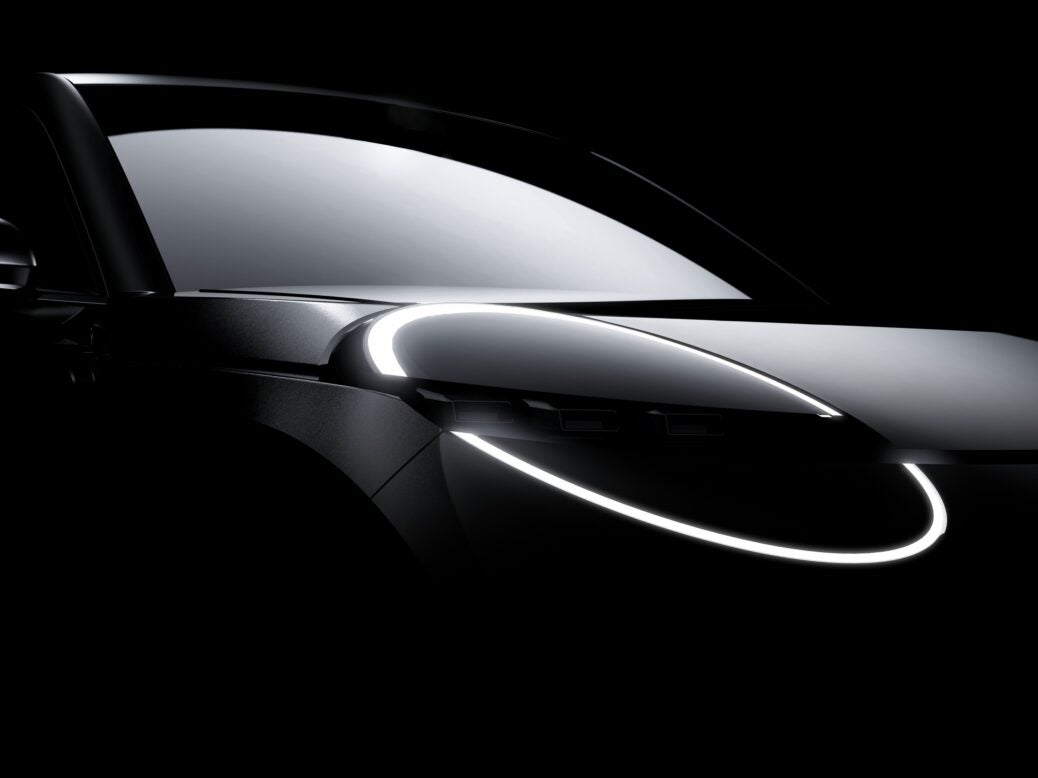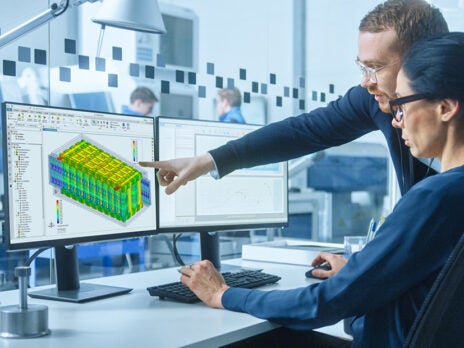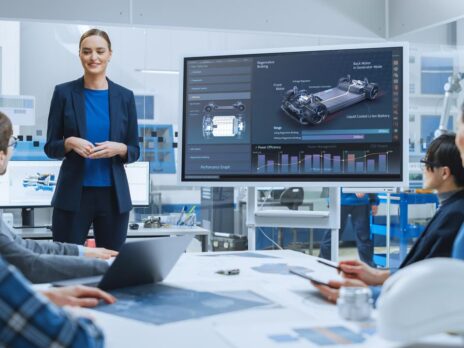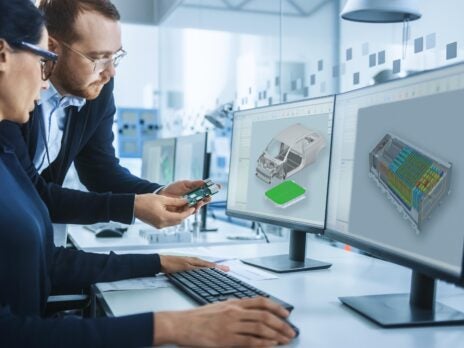
The Alliance – Renault Group, Nissan Motor and Mitsubishi Motors Corporation – will spend EUR23bn in the next five years on electrification, leading to 35 new EV models by 2030. That’s on top of EUR10bn invested so far.
Continuing the ‘leader-follower’ scheme defined in May 2020, select technology is developed by one leading team with the support of the followers, thereby allowing each member of the Alliance to access all the key technology.
The Alliance has defined a common 2030 roadmap on pure-EV and intelligent & connected mobility, sharing investments for the benefits of its three-member companies and their customers.
Alliance members have developed a “smart differentiation” methodology that defines the desired level of commonality for each vehicle, integrating several parameters of possible pooling, such as platforms, production plants, powertrains or vehicle segment. This is supplemented and enhanced by a stricter approach to design and upper-body differentiation.
The common platform for the C and D segment will carry five models from three brands of the Alliance (Nissan Qashqai and X-Trail, Mitsubishi Outlander, Renault Austral and an upcoming seven-seater SUV).
Alliance members will enhance usage of common platforms in the coming years from 60% today to more than 80% of its combined 90 models in 2026. This will allow each company to deepen their focus on their customers’ needs, their best models and core markets, while also extending innovations across the Alliance, at a lower cost.
Content from our partners



As part of this, Mitsubishi Motors will reinforce its presence in Europe with two new models, among them the new ASX based on Renault best-sellers.
In the main markets (Europe, Japan, the US, China) 15 Alliance plants already produce parts, motors and batteries for 10 EV models with over 1m EV cars sold so far and 30bn kilometres driven.
The five common EV platforms are:
CMF-AEV, basis of the Dacia Spring.
KEI-EV (mini vehicle) platform family for ultra-compact EVs.
LCV-EV Family platform family as the base for the Renault Kangoo and Nissan Town Star LCVs.
CMF-EV, the global, flexible, EV platform. The base for the Nissan Ariya EV crossover and Renault Megane E-Tech Electric. The platform, with its technological innovations and the potential offered by its modularity, is a benchmark platform for a new generation of electric vehicles for the Alliance partners. The platform has been created to integrate and optimise all the elements specific to a 100% electric powertrain, hosting a new, high-performance motor and an ultra-thin battery. By 2030, more than 15 models will be based on this platform with up to 1.5m cars built each year.
CMF-BEV to be launched in 2024. It provides up to 400km range; its aerodynamics performance helps reduce cost by 33% and power consumption by more than 10% compared to the current Renault Zoe. It will be the base for 250,000 vehicles a year under the Renault, Alpine and Nissan brands. Among the vehicles are the Renault R5 and the new compact EV that will replace the Nissan Micra.
Competitiveness is key, and that has led member companies to a common Alliance battery strategy, leading, among others, to the selection of a common battery supplier for Renault and Nissan in core markets.
The Alliance is working with common partners to achieve real scale and affordability, enabling to reduce battery costs by 50% in 2026 and 65% by 2028.
With this approach, by 2030, the Alliance will have a total of 220 GWh battery production capacity for EVs across key production sites in the world.
Beyond that, the Alliance shares a common vision for all-solid-state battery technology (ASSB).
ASSB will have double the energy density versus current liquid lithium-ion batteries. Charging time will also be greatly reduced to one-third, enabling customers to make longer trips.
The aim is to mass produce ASSB by mid-2028, and in the future beyond that to realise cost parity with ICE vehicles by bringing costs down further to US$65 per kWh, accelerating the global shift to EVs.
Unlike others in the industry, the Alliance has chosen to control 100% of its hardware and software, benefiting from very valuable predictive data, allowing for monitoring the state of health of the battery and improving technology.
The Alliance is working with other companies to offer the best proposal to customers for public charging on the road. Mobilize Power Solutions provides to B2B customers a complete end-to-end service including project design, installation, maintenance and management of optimized recharging infrastructure and all related services to meet their business needs.
A recent agreement is with Ionity via the Alliance Emobility Service Provider Plug Surfing, which will allow its customers to access at preferential pricing to the Ionity ultra-fast charging network in Europe.
Alliance members also have deep knowledge that allows them to be ahead of the competition in optimizing battery reuse, notably with second life battery applications, recycling and achieving efficient and sustainable solutions over the full battery life cycle.
Intelligent and connected mobility are critical areas for increased shared innovation across the Alliance.
With 20 years’ experience in ADAS and autonomous drive, the Alliance keeps improving real-world driving safety, convenience, and enjoyment by delivering innovations in intelligent vehicle and driver assistance technologies, with an example being Nissan’s award-winning ProPILOT system.
With shared platforms and electronics, by 2026 Alliance members expect to have more than 10m vehicles on the road across 45 Alliance models equipped with autonomous driving systems.
Today, 3m vehicles are already connected to the Alliance Cloud with permanent data exchanges.
By 2026, more than 5m cloud systems will be delivered per year, with 25m total cars on the road. The Alliance will also be the first global, mass-market OEM to introduce the Google ecosystem in its cars.
The Alliance is also developing a common centralised electrical and electronic architecture converging electronics hardware and software applications to offer maximum benefits and an optimal level of performance.
The Alliance will launch its first full software defined vehicle by 2025. With this vehicle, the Alliance will improve its cars Over The Air performance throughout their life cycle. This means value for customers with the integration of their car into their digital ecosystem to offering a personalized experience, new enhanced services, and reduced maintenance costs. This will also allow Alliance members to boost vehicle resale values. In addition, software defined vehicles will be able to communicate with connected objects, users, and infrastructure, opening new fields of value for the companies.
